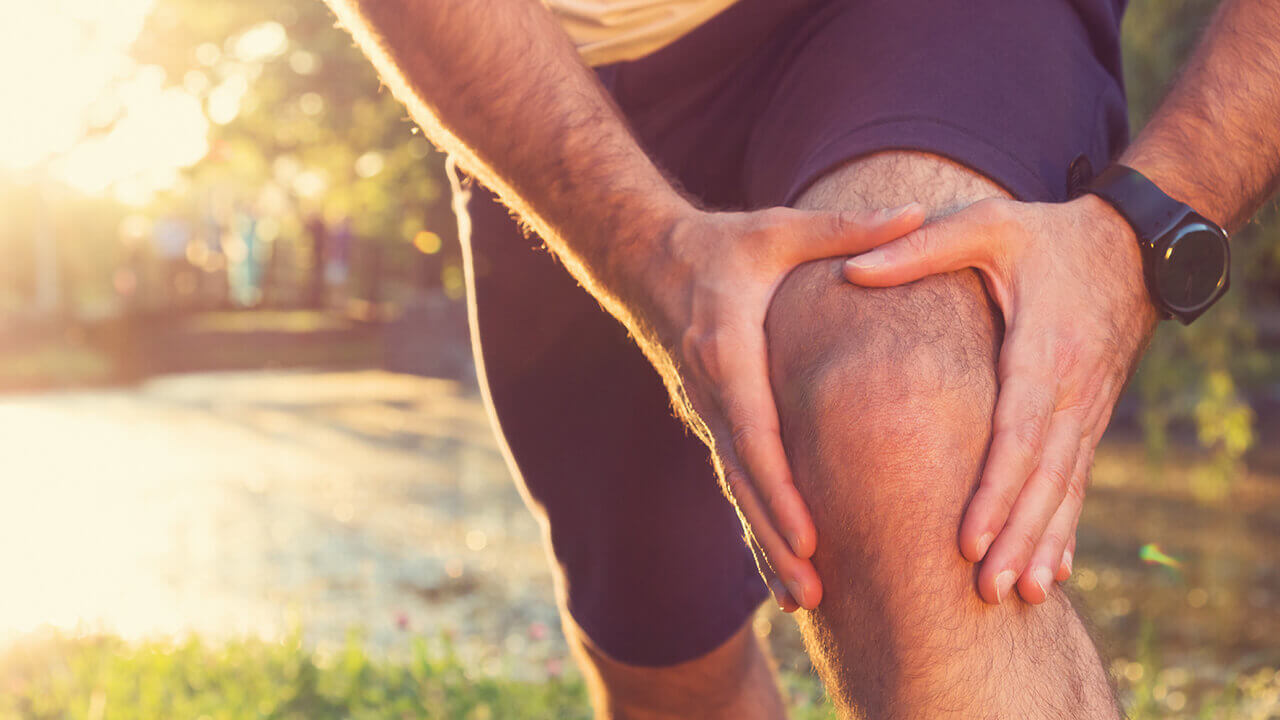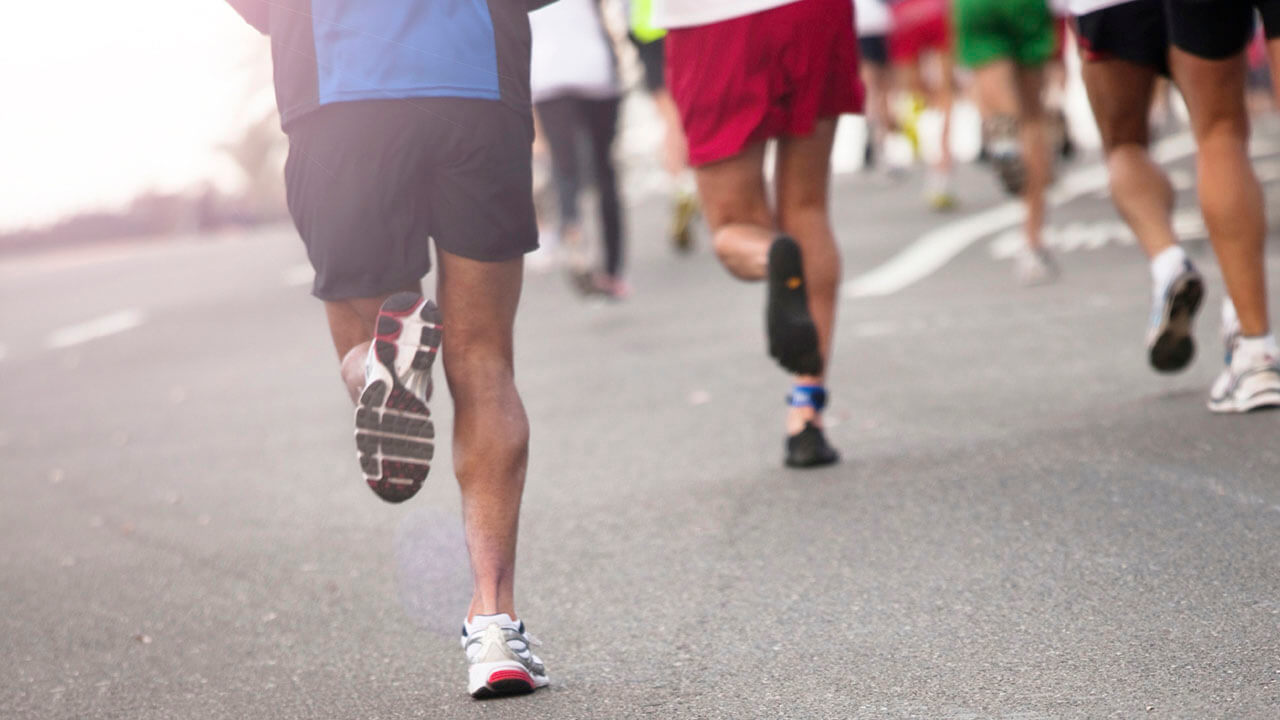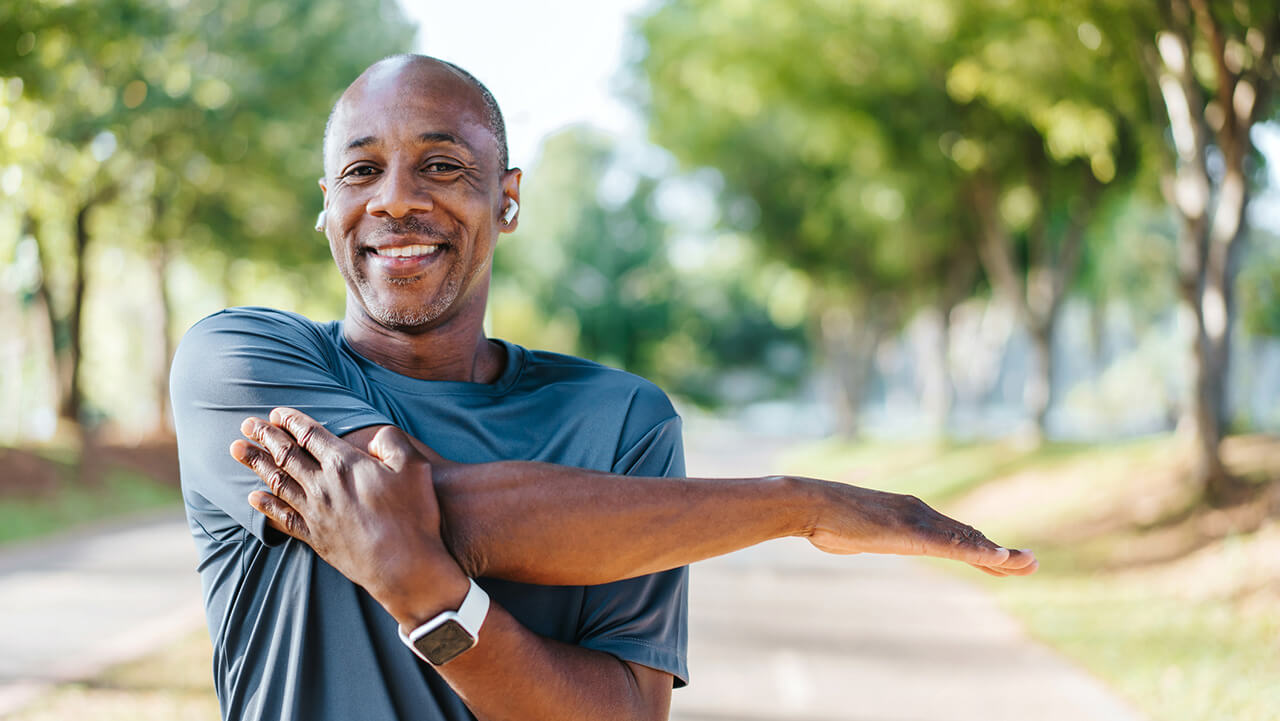

Iliotibial (IT) band syndrome is a relatively common diagnosis for runners training for races of various distances. Although this syndrome is discussed frequently within the running community, many runners still wonder what exactly IT band syndrome is, can it be prevented and how it is treated.
IT band syndrome is an overuse injury that occurs when the ligament that runs from the outside of the hip to the top of the shin is tight or inflamed. When the IT band is tight or inflamed, it typically rubs repeatedly over the outside of your knee bone (femur) which causes knee movement to become painful. Thus, many runners suffering from IT band syndrome often mistake their pain for a knee injury.
IT band syndrome can become chronic if a runner does not take the necessary steps to reduce the pain. Performing these prevention techniques frequently may, in fact, keep this debilitating syndrome from disrupting a runner’s training schedule.
IT band syndrome is an overuse injury that occurs when the ligament that runs from the outside of the hip to the top of the shin is tight or inflamed. When the IT band is tight or inflamed, it typically rubs repeatedly over the outside of your knee bone (femur) which causes knee movement to become painful. Thus, many runners suffering from IT band syndrome often mistake their pain for a knee injury.
IT band syndrome can become chronic if a runner does not take the necessary steps to reduce the pain. Performing these prevention techniques frequently may, in fact, keep this debilitating syndrome from disrupting a runner’s training schedule.
Helpful tips to reduce or avoid symptoms
- Check your shoes to make sure they are not broken down. If you don't remember when you bought them, it is time for a new pair of shoes. A general rule is to change your shoes every 400 miles. Shoes that are worn out could lead to excessive irritation to the IT band.
- Run on different surfaces and sides of the road to help reduce inflammation.
- Exercises and stretches
- Standing IT band stretch
- Mini-band side stepping with resistance at ankles
- IT band foam roll. It's important to do this stretch after you run.
- If you experience IT band syndrome, it is best to rest immediately. Backing off of mileage, cross-training and performance of flexibility exercises should prevent the pain from returning.
- If you have IT band pain, place an ice pack on the injured area for 20 minutes, two to three times per day to help reduce any inflammation or swelling. An ice massage also works great. Freeze water in a paper cup and peel away the top of the cup to expose the ice. Massage over the injured area for 5 to 10 minutes, two to three times per day.



